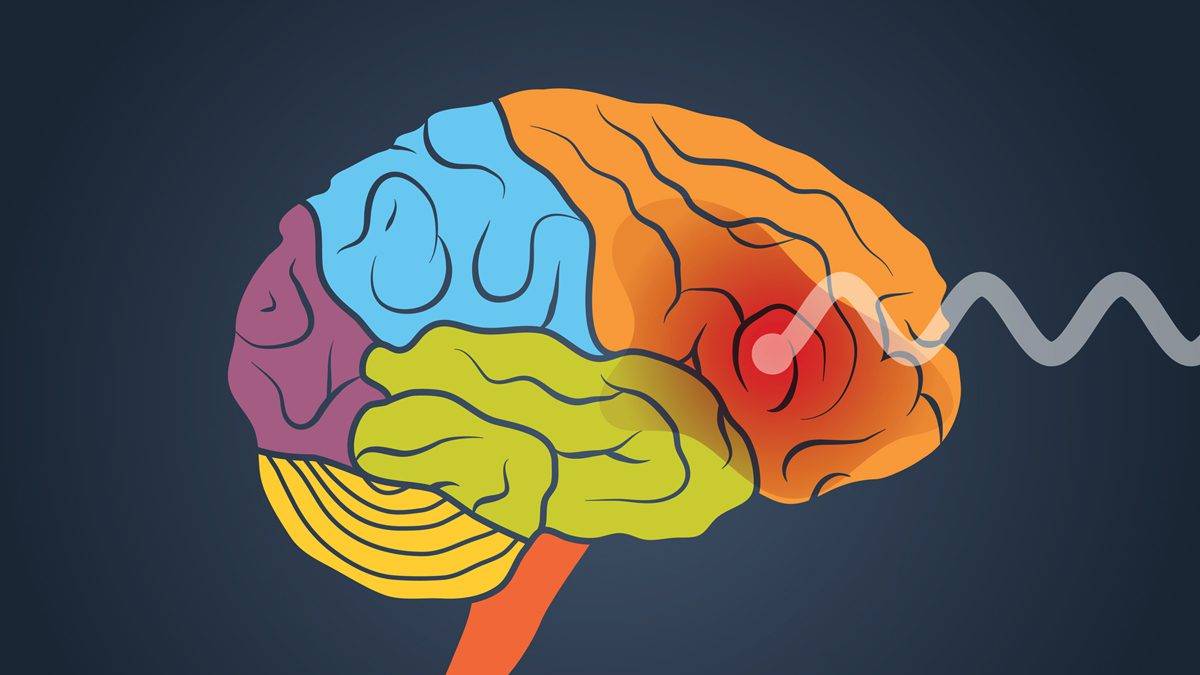Addiction is a devastating condition that can destroy lives, relationships, and futures. But how do drugs hijack the brain to such an extent? Research suggests that certain substances, such as amphetamines and opioids, alter brain structure and function, making users more impulsive and less capable of resisting cravings. This article explores how drugs manipulate the brain and identifies the biological vulnerabilities that make some individuals more susceptible to addiction.
What Do Drugs Do to Your Brain?
Drugs interfere with the brain’s communication system by disrupting the way neurons send, receive, and process signals via neurotransmitters. For example:
- Dopamine Overload: Many drugs flood the brain with dopamine, the “feel-good” chemical, creating an intense feeling of euphoria. This high is what makes drugs so addictive.
- Rewiring Reward Circuits: Over time, drug use rewires the brain’s reward circuits, making natural pleasures, like food or relationships, less satisfying compared to the drug.
- Decision-Making Impairment: Drugs shrink and damage critical areas of the brain, such as the prefrontal cortex, which is responsible for decision-making and impulse control.
The Role of the Limbic System: Limbic Hijacking Explained
The limbic system is the brain’s emotional center, and it plays a significant role in addiction. Drugs hijack this system, amplifying the brain’s reward responses and creating a dependency on the substance. This process, known as limbic hijacking, traps individuals in a cycle of seeking the drug to maintain feelings of pleasure or avoid withdrawal.
Why Are Some Brains More Vulnerable to Addiction?
Research conducted at the University of Bonn identified structural differences in the brains of individuals prone to addiction. Here are key findings:
- Smaller Gray Matter Volume: Individuals with reduced gray matter in the amygdala, striatum, and prefrontal cortex are more likely to escalate drug use and become addicted.
- Impulse Control Deficits: Smaller fronto-striato-limbic brain regions are linked to impaired impulse control, making it harder to resist the allure of drugs.
- Neuroplasticity and Vulnerability: The brain’s ability to adapt and change can work against individuals, as repeated drug use strengthens neural pathways associated with addiction.
The Effects of Specific Drugs on Brain Function
Here is a breakdown of how certain drugs addiction affect the brain:
- Amphetamines (e.g., crystal meth): Increase dopamine levels, causing euphoria, heightened energy, and impulsive behaviors. Prolonged use shrinks brain areas responsible for decision-making.
- Opioids (e.g., heroin): Bind to opioid receptors in the brain, blocking pain and creating intense feelings of pleasure. Long-term use can severely damage memory and cognitive function.
- Cocaine: Prevents dopamine reabsorption, leading to a buildup of the chemical in the brain’s reward center, reinforcing addictive behaviors.
What Causes Addiction in the Brain?
Addiction is caused by a combination of genetic, environmental, and psychological factors. Key contributors include:
- Genetic Predisposition: Some individuals inherit a heightened sensitivity to drugs or an increased likelihood of compulsive behaviors.
- Environmental Triggers: Stress, trauma, or exposure to drug use in one’s environment can increase vulnerability to addiction.
- Neurochemical Imbalances: Drugs disrupt the brain’s natural balance of neurotransmitters, leading to dependence.
The Long-Term Impact of Drugs on Mental Health
Chronic drug use can have severe consequences for mental health, including:
- Depression and Anxiety: The brain’s inability to produce dopamine naturally can lead to feelings of hopelessness and anxiety.
- Cognitive Decline: Damage to the prefrontal cortex impairs memory, attention, and decision-making.
- Increased Risk of Mental Illness: Drug use can exacerbate pre-existing conditions or trigger new ones, such as psychosis or bipolar disorder.
Preventing and Treating Addiction: What Can Be Done?
Addressing addiction requires a combination of prevention, education, and treatment:
- Identifying Risk Factors: Early detection of biomarkers, such as reduced gray matter volume, can help identify individuals at risk.
- Behavioral Therapy: Techniques like cognitive-behavioral therapy (CBT) can help rewire the brain and reduce dependency.
- Medication-Assisted Treatment (MAT): Drugs like methadone or buprenorphine can help manage withdrawal symptoms and reduce cravings.
- Support Systems: Building a strong network of family, friends, and support groups is crucial for recovery.
Conclusion: Understanding the Hijacked Brain
Drugs hijack the brain by manipulating its reward systems and impairing decision-making abilities. By understanding the biological and psychological factors that contribute to addiction, we can develop more effective prevention and treatment strategies. If you or someone you know is struggling with addiction, seek professional help and support to break free from the cycle of dependency.

